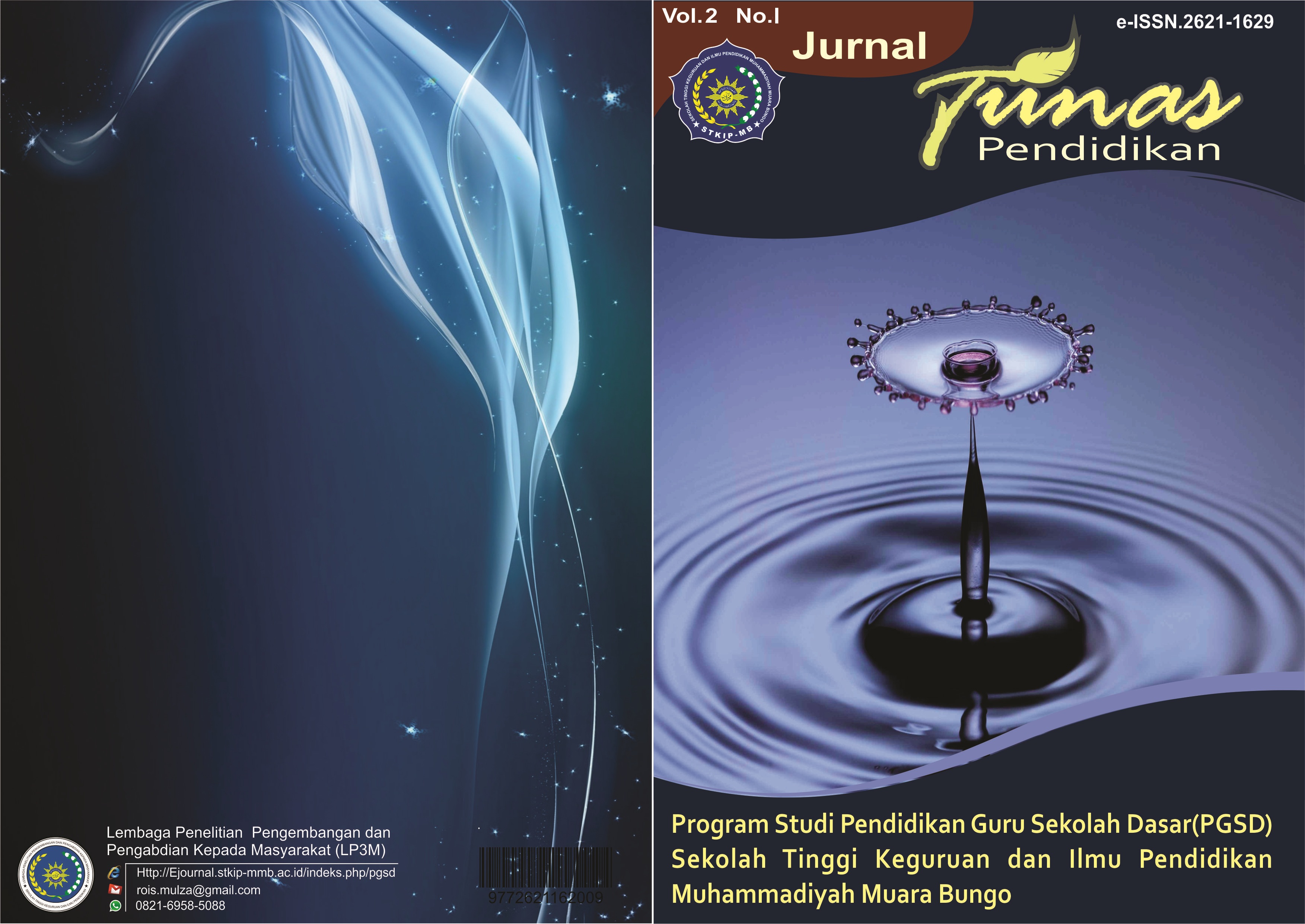MODEL PBL DENGAN PENDEKATAN SERU, INTERAKTIF DAN UNIK MENINGKATKAN KETERAMPILAN BERPIKIR KRITIS RANGKAIAN LISTRIK
Abstract
Many students experience difficulties in understanding the concept of electrical circuits because the material is often presented in an abstract and less contextual manner. This leads to low critical thinking skills when students attempt to solve real-world electrical problems. Based on a preliminary study using triangulated data—including interviews with fellow teachers, student interviews, and classroom observations—it was found that students had not yet achieved the indicators of critical thinking skills. This study aims to develop a Problem- Based Learning (PBL) model with a fun, interactive, and unique approach to improve students’ critical thinking skills on the topic of electrical circuits.
This research is a quantitative study using a One Group Pretest-Posttest Design. The study was conducted at SMP Negeri 2 Teminabuan during the odd semester of the 2024/2025 academic year. The population consisted of all ninth-grade students, with class IXA as the experimental group and class IXB as the control group, selected using a purposive sampling technique. The independent variable in this study is the Problem-Based Learning (PBL) model with a fun, interactive, and unique approach, while the dependent variable is students' critical thinking skills.The research instrument used was a critical thinking skills test in the form of essay questions that were tested for validity and reliability. The type of data collected was quantitative, consisting of pretest and posttest scores from both groups. Data analysis included gain score analysis to determine the improvement, and normality tests were conducted beforehand. Since the data were not normally distributed, non-parametric tests were used to determine the differences in critical thinking skills between the experimental and control groups, as well as differences in N-gain scores. All analyses were performed using Excel and SPSS software.
The results showed a significant difference in critical thinking skills between the experimental group using the Problem-Based Learning model with a fun, interactive, and unique approach and the control group using direct instruction. The average posttest score of the experimental class was higher than that of the control class (78.5 > 62.08), and the average N-gain score of the experimental class was also higher than that of the control class (0.77 > 0.61). The non-parametric test results showed significant differences in critical thinking skills between pretest and posttest in both the experimental class (P = 0.000 < 0.005) and the control class (P = 0.000 < 0.005), and there was also a significant difference in N-gain scores between the two groups (P = 0.002 < 0.005).
This study shows that there are significant differences in critical thinking skills and N- gain scores between the experimental and control classes.
References
Fakhriyah, F. (2014). Penerapan problem based learning dalam upaya mengembangkan kemampuan berpikir kritis mahasiswa. Jurnal Pendidikan IPA Indonesia, 3(1), 95–101. https://doi.org/10.15294/jpii.v3i1.2906
Karvandi, M. K., Ibrahim, M., Nafi’ah, N., & Hidayat, M. T. (2024). Penerapan Model Problem Based Learning dalam Mengembangkan Keterampilan Berpikir Kritis Pada Mata Pelajaran IPA. Indonesian Research Journal on Education, 4(3), 981–990. https://doi.org/10.31004/irje.v4i3.832
Linda, Z., & Lestari, I. (2019). Berpikir Kritis Dalam Konteks Pembelajaran. In Erzatama Karya Abadi (Issue August).
Nugraha, W. S. (2018). Peningkatan Kemampuan Berpikir Kritis Dan Penguasaan Konsep Ipa Siswa Sd Dengan Menggunakan Model Problem Based Learning. EduHumaniora | Jurnal Pendidikan Dasar Kampus Cibiru, 10(2), 115. https://doi.org/10.17509/eh.v10i2.11907
Rusman. Model-model pembelajaran. Jakarta: Rajawali Pers, 2014.
Putri, C.D., Pursitasari, I.D. dan Rubini, B. (2020) “Problem Based Learning Terintegrasi STEM Di Era Pandemi Covid-19 Untuk Meningkatkan Keterampilan Berpikir Kritis Siswa,” Jurnal IPA & Pembelajaran IPA, 4(2), hal. 193–204. Tersedia pada: https://doi.org/10.24815/jipi.v4i2.17859.
Sundayana,Rosita(2014).Statistika pendidikan.Bandung: ALFABETA.
| Keywords | : |
Keywords:
Problem-Based Learning (PBL), LABIRIN, electrical circuits, critical thinking skills, junior high school Problem-Based Learning (PBL), LABIRIN, electrical circuits, critical thinking skills, junior high school
|
| Galleys | : | |
| Published | : |
2025-10-12
|
| How to Cite | : |
yosina, Y. S., Nancy Susiana, Alvin Stanza Kiswandhi, & Nerru Pranuta Muraka. (2025). MODEL PBL DENGAN PENDEKATAN SERU, INTERAKTIF DAN UNIK MENINGKATKAN KETERAMPILAN BERPIKIR KRITIS RANGKAIAN LISTRIK. Jurnal Tunas Pendidikan, 8(1), 197–203. https://doi.org/10.52060/pgsd.v8i1.3428
|
| Issue | : |
Section
Articles
|





311.png)


.png)
_SCCC1.png)
.png)
